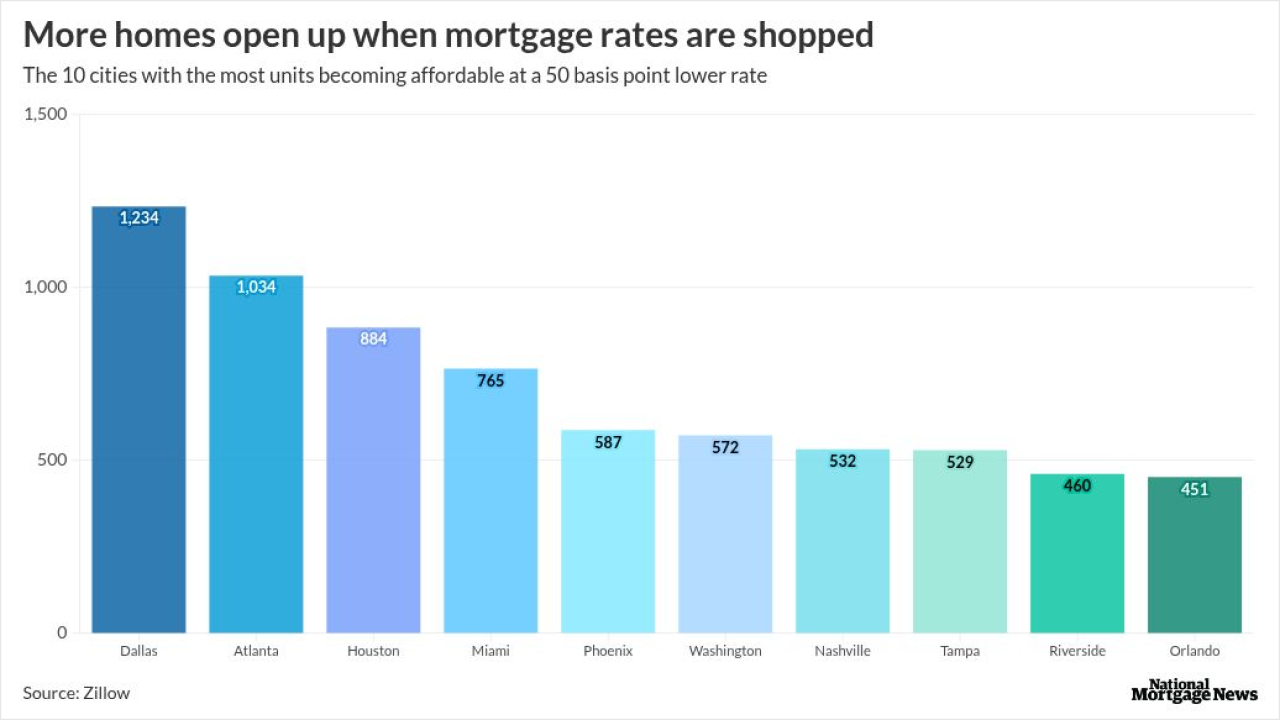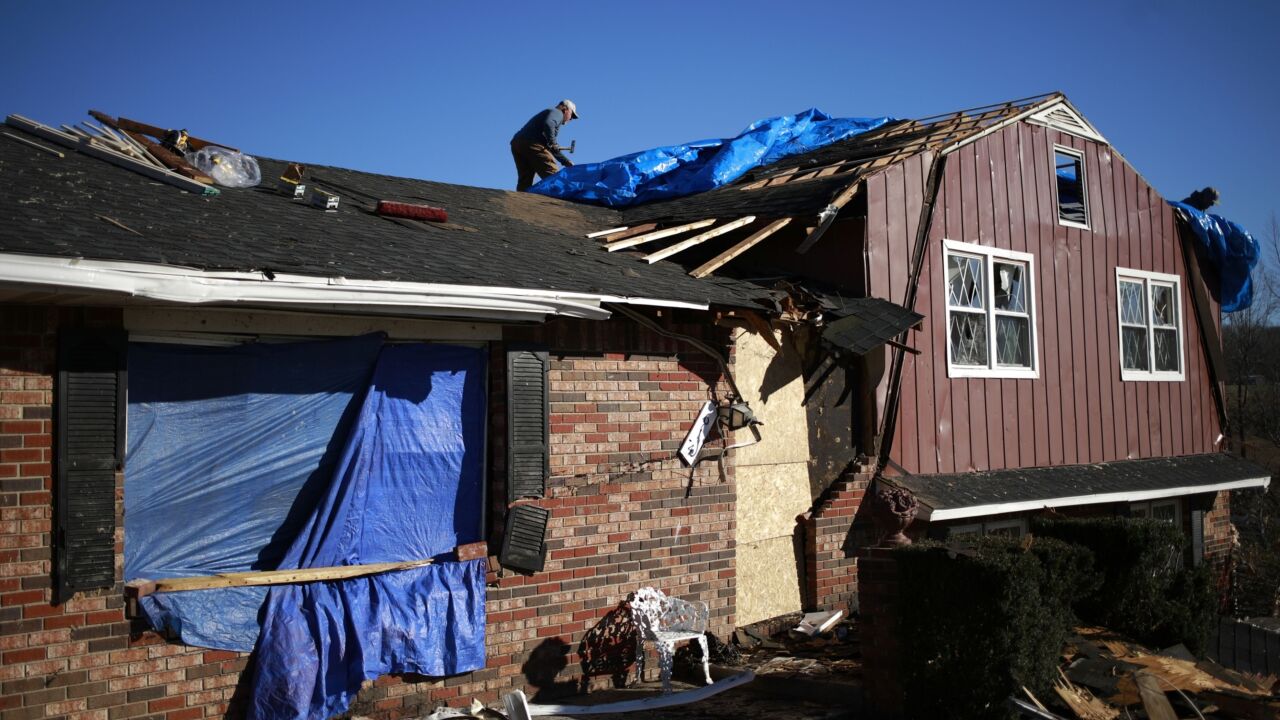
Despite a sluggish mortgage origination market, an energetic atmosphere surrounds technology advances in this sector of specialty home finance.
“There’s never been a more robust selection of tech for originators,” said Jeff Taylor, president of Wendover Consulting, a Greensboro, N.C.-based firm that provides business development, technology and services consulting to reverse mortgage lenders and servicers.
Taylor ran Wells Fargo’s reverse mortgage sales and operation business for 10 years, is the founding chairman of the National Reverse Mortgage Lenders Association and previously served as chairman of Reverse Market Insight, a firm that tracks and analyzes reverse mortgage trends and data.
Before it got out of reverse mortgage originations, large retail lenders like Wells Fargo and Bank of America used loan origination systems custom-built for the reverse mortgage channel, Taylor said. The same goes for MetLife, currently the largest reverse mortgage originator. But as small and midsize reverse lenders look to use the large lenders’ exit to grow their own origination volume, Taylor said there’s no longer a need for lenders to invest the resources to develop in-house technology.
“There’s no need to make an investment in technology on the origination side because the efficiency is already there,” he said. Instead, Taylor advises lenders to look to a number of third-party reverse mortgage LOS vendors to meet their needs.
“If I were going to start a mortgage company, I wouldn’t go out and invest in (custom) technology,” he said. “That space is adequately being served and you can just go and sign up for an LOS.”
One technology provider that specializes in reverse mortgage software is Raleigh, N.C.-based ReverseVision. Like a forward mortgage LOS, ReverseVision takes loan officers, underwriters and other lender staff through the origination process from point of sale to closing. But the audience is different, said the company’s president, Thomas Martignoni.
“When you think of a forward mortgage loan officer, it’s a guy or gal sitting at a desk that’s a forward leaning, quick-acting person. The reverse mortgage loan officer is the exact opposite, laid back and relaxed,” he said. “It’s not a quick process because the borrower usually doesn’t know what they want. They’re not driven by a closing date or getting the best rate.”
The document and disclosure process is another difference between forward and reverse mortgage LOS technology. Prospective reverse mortgage borrowers are required to receive housing counseling from an independent agency approved by the Department of Housing and Urban Development. ReverseVision creates customized documents with detailed color graphs to help reverse mortgage borrowers better understand the terms of the loan.
The company is also helping lenders better manage providing information to housing counselors while staying in the confines of the strict guidelines that limit the communication between lender and housing counselor.
“An important part is the counseling process and we’ve integrated with counseling platforms so the documents created in our application can be easily and anonymously forwarded to the housing agency, but done in a way that maintains the wall between the lender and the housing agency,” Martignoni said.
The platform also has custom integrations with the in-house platforms of large lenders like MetLife, enabling brokers and correspondents to send loan data from the LOS.
Wells Fargo and Bank of America’s exit from reverse mortgage lending was due in part to difficulty assessing a borrower’s ability to maintain homeownership and avoid default, typically due to property tax and insurance delinquency. As a loan backed solely by collateral and not the borrower’s credit or income, reverse mortgage lenders are looking for ways to better analyze whether a borrower is willing or able to pay the mandatory taxes and property insurance.
“The big challenges in the forward mortgage industry you have tons of information and history out there that can be analyzed, but there’s not that much data in the reverse industry to analyze and act upon,” Martignoni said.
But technology vendors are rapidly addressing that need, adding data mining and analytics to their systems. “The industry will eventually have better data to analyze and rely upon when determining who are the borrowers who should be red flagged because they might get into taxes and insurance default,” he added.
Individual lenders and wholesalers are now securitizing loan applications more closely, particularly when borrowers want to borrow a substantial portion of the available equity in their homes, Taylor said.
“I think what we’re going to see going forward is because of the potential for delinquency, if someone is taking 80% of the money, they’re going take a closer look to check for any history of payment issues on tax and insurance,” he said. “Those systems are going to have to collect that data so when the underwriter gets the file, it pulls the credit report for delinquencies of taxes and insurance.”
In addition, lenders will want to ability to have robust credit overlays in loan decisioning. The specifics of those metrics are in their infancy, but Taylor believes that technology vendors will quickly support lenders’ needs.
“These LOS providers are waiting in the wings to see what new filters or credit overlays are going to be required as we move through this pendulum of moving toward identifying tomorrow’s default today,” he said.





